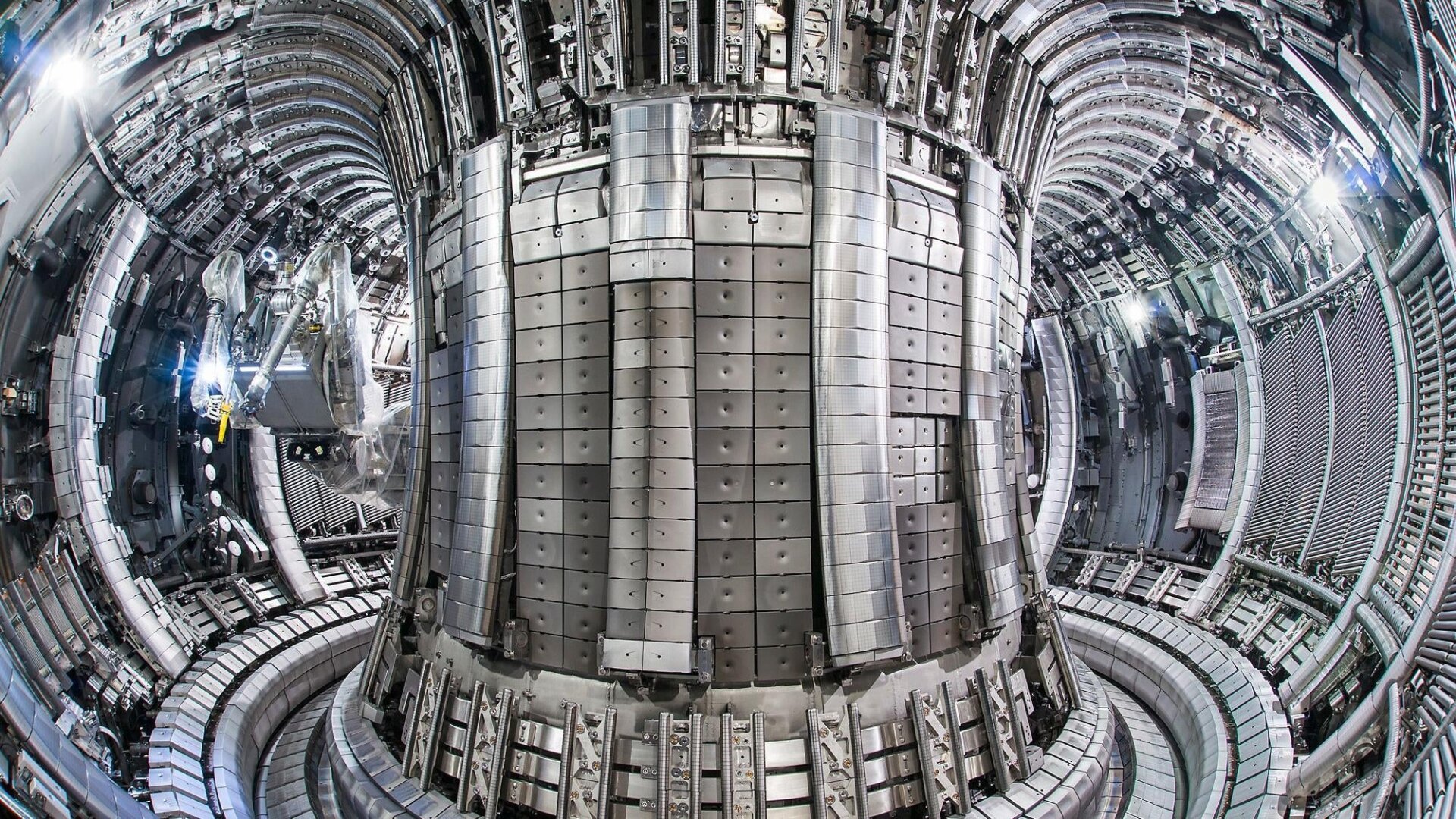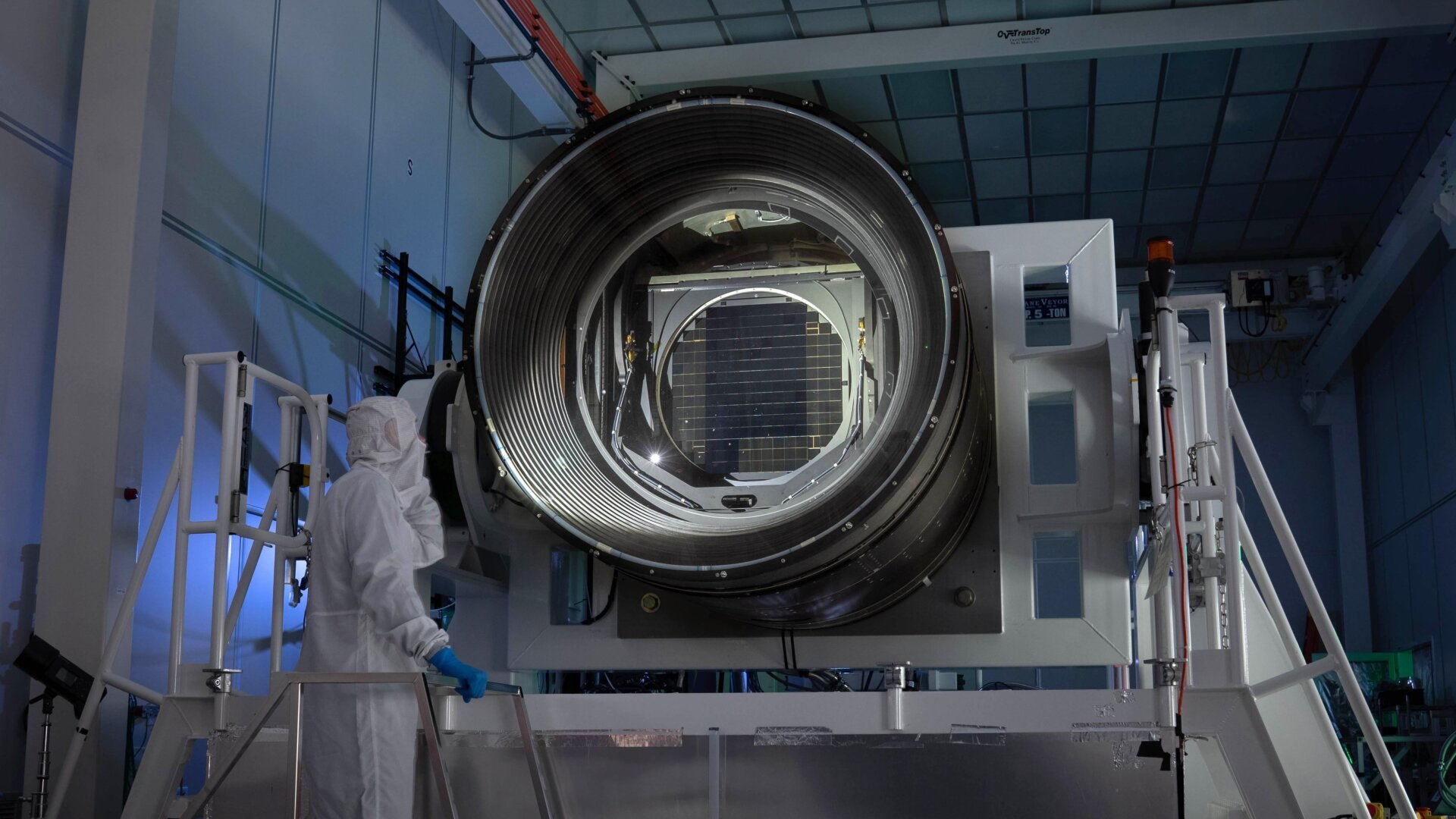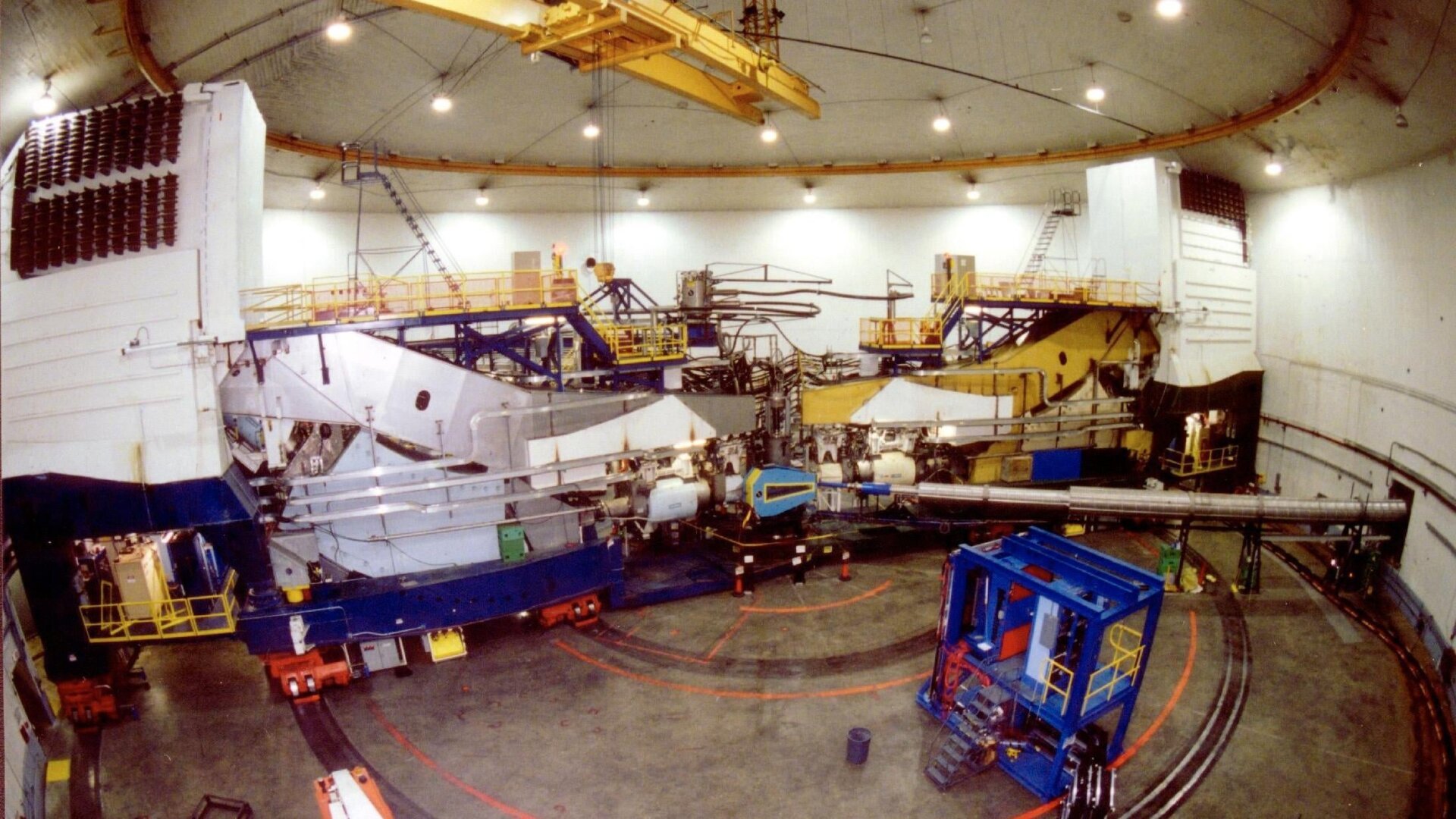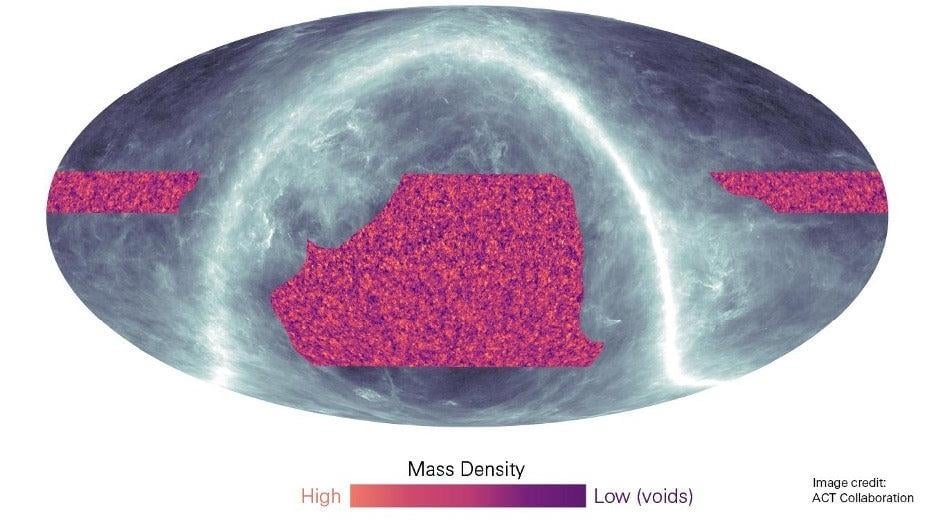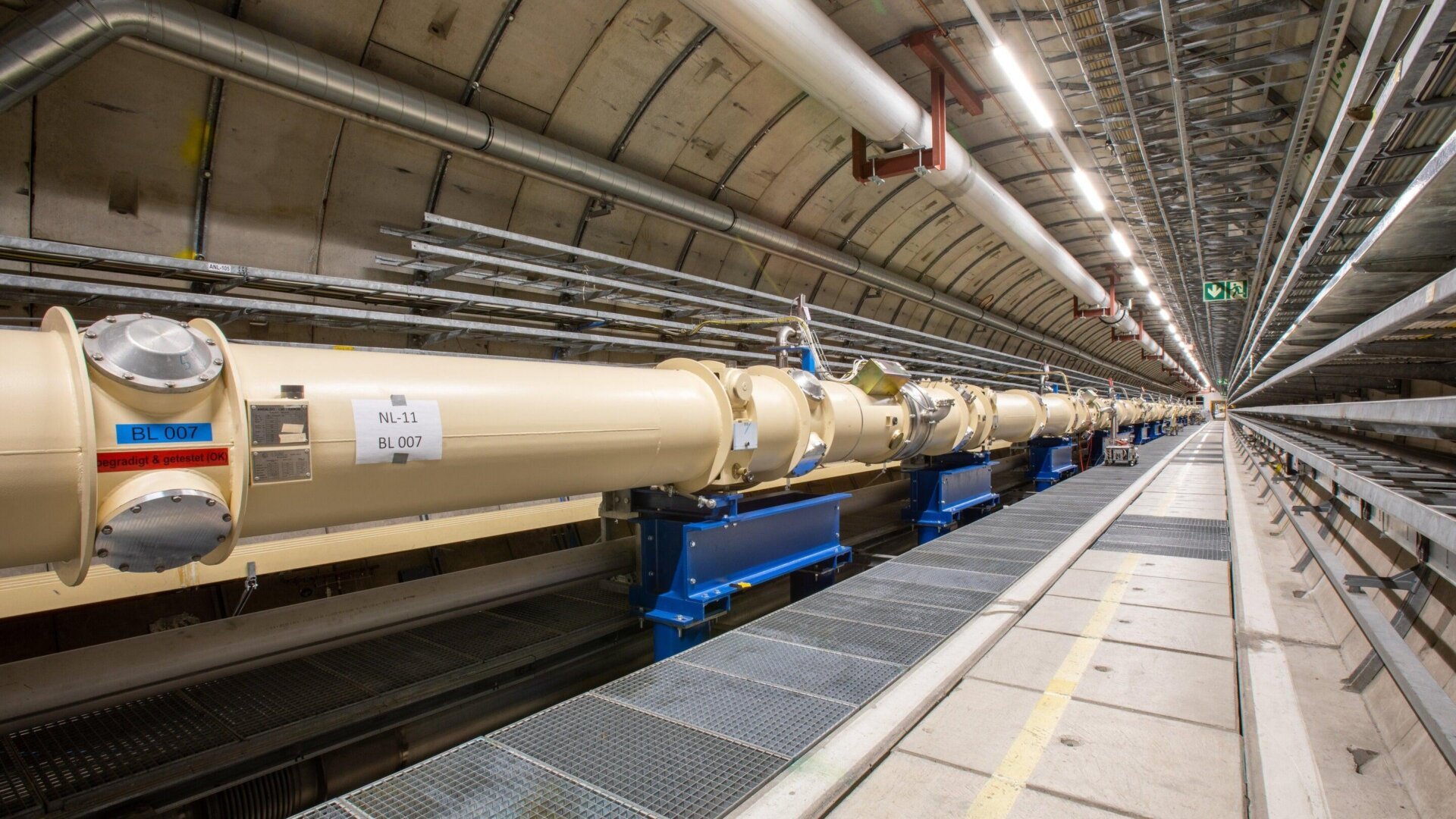Nuclear fusion, the process powering the sun, has long been a dream for clean energy. A recent breakthrough at the Joint European Torus (JET) facility in the UK has reignited this hope, setting a new record for energy production from nuclear fusion. This achievement marks a significant step toward harnessing this powerful and sustainable energy source here on Earth.
What exactly is nuclear fusion? It’s the process where atomic nuclei combine to form a new element, releasing vast amounts of energy in the process. Unlike nuclear fission, which splits atoms and generates radioactive waste, fusion is a cleaner, more sustainable alternative. For decades, scientists have strived to replicate the sun’s power on Earth, aiming for a reaction that generates more energy than it consumes.
While commercially viable nuclear fusion often feels like a distant prospect, breakthroughs like JET’s recent achievement offer tangible progress. This success, funded by organizations like the UK Atomic Energy Authority (UKAEA) and the US Department of Energy (DOE), demonstrates the potential of fusion as a future power source.
JET’s new record of 69.26 megajoules of heat surpasses its previous record of 59 megajoules and significantly exceeds its 1997 record of 22 megajoules. This achievement represents more than triple the initial peak fusion power record.
 An illustration of the JET structure exterior.External view of the JET facility. Illustration: Wikimedia Commons
An illustration of the JET structure exterior.External view of the JET facility. Illustration: Wikimedia Commons
Furthermore, JET’s energy output dwarfs the record set last year by the US National Ignition Facility (NIF), which uses a different laser-based fusion method. Tokamaks like JET use magnetic fields to contain plasma and facilitate fusion, a slower, lower-pressure process compared to NIF’s rapid, high-pressure laser approach.
After 40 years of operation and numerous records, JET ceased experimental operations in December 2023. This record-breaking achievement serves as a triumphant finale for this pioneering tokamak.
“JET’s final fusion experiment is a fitting culmination of its groundbreaking work,” said UK Minister for Nuclear and Networks, Andrew Bowie, in a statement to the BBC. “We are closer to fusion energy than ever before, thanks to the international team in Oxfordshire.”
This breakthrough brings us closer to a future with cleaner energy, potentially reducing our reliance on fossil fuels and mitigating the environmental impact of activities like air travel. JET’s contribution to this goal is a significant leap forward.
More: Will Nuclear Fusion Ever Power the World?



